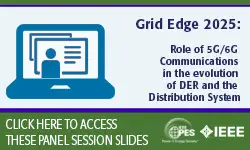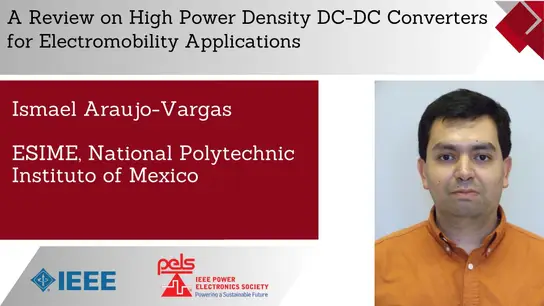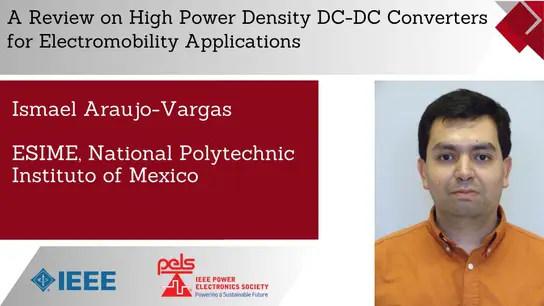-
Members: FreeSSCS
IEEE Members: $8.00
Non-members: $15.00Length: 1:15:05
16 Jan 2024
Abstract: Sixth-generation (6G) wireless communication has begun to emerge to push the speed and data rate achieved in 5G by, at least, an order of magnitude, fulfilling the goal of fully scalable and adaptive wireless infrastructures with small cells interconnected through distributed base stations and relay networks. Wireless transceivers, as the core enabling ingredient of 6G, should be able to handle tens of gigabit-per-second data rates in ways that are both power and spectrally-efficient. The webinar brings to the open the unmitigated shortcomings of conventional transceiver architectures for above 100 gigabit-per-second wireless applications, unfolds challenges in designing transceivers for 6G (and beyond), and provides pathways to address these impediments. Furthermore, it goes through design challenges and candidate solutions for key circuit blocks of a transceiver including front-end amplifiers, local oscillator (LO) circuits and LO distribution network, and antennas intended for frequencies above 100 GHz.
Primary Committee:
SSCS


